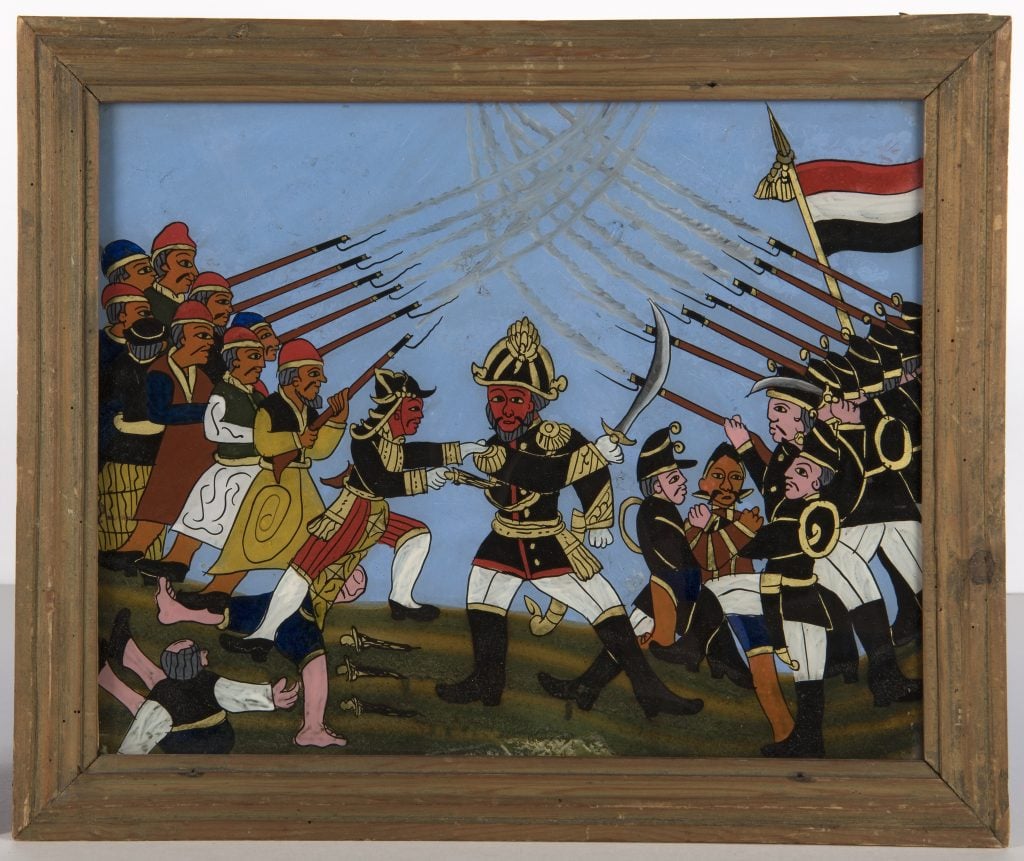Art & Exhibitions
The Rijksmuseum’s Unflinching Survey of the Global Slave Trade Will Turn a Rare Spotlight on Individual Slaves and Profiteers
The show looks at the lives of 10 individuals across 250 years of history.

The show looks at the lives of 10 individuals across 250 years of history.

Kate Brown

A landmark exhibition in Amsterdam will take a close look at the devastating effects of the centuries-long international slave trade, and how the Dutch benefited from its dark history.
The Rijksmuseum’s highly anticipated show, titled “Slavery,” includes 140 objects and works of art, and hones in on the lives of 10 individuals, including enslaved people and slaveholders. One of the show’s subject, a Surinamese man known as Wally, was born a slave, and the show will explore his attempts at freedom and his recapture.
It will also look at the effects of the slave trade in Europe and include the stories of an enslaved African servant in Amsterdam, as well as that of Oopjen Coppit, the wealthy wife of a famous sugar industrialist. In 1634, Rembrandt painted her portrait.
“Slavery,” which examines the trade’s movement across the Atlantic and Indian Oceans, was conceived in 2017, before mainstream attention turned to the Black Lives Matter movement.
“Black Lives Matter certainly addresses many questions that are also addressed in the exhibition,” Rijksmuseum director Taco Dibbits said in a press conference, adding that the groundswell of support for the movement attests to the urgency of the show’s subject matter.
The Netherlands, in particular, held extensive colonies in modern-day Indonesia, South Africa, Curaçao, Aruba, New Guinea, and elsewhere. Its colonial era spanned 250 years, ending, on paper, in 1863.
Despite colonialism’s large role in shaping Dutch history, it is not a significant part school curricula in the Netherlands. Dibbits said he hopes the show will help change that, and that the museum will publish an educational magazine on the subject for distribution within the school system.
“This past has long been insufficiently examined,” he said.
Forty of the objects on view will come from the Rijksmuseum’s collection, and the institution’s curators are keenly aware that parts of its collection came from colonial-era donors who benefited from the slave trade.
The show, which is set to open on February 12, 2021, will be on view until May 30. Dibbits said the museum is considering touring the show internationally.
“We should not fear to tell this history,” he said.